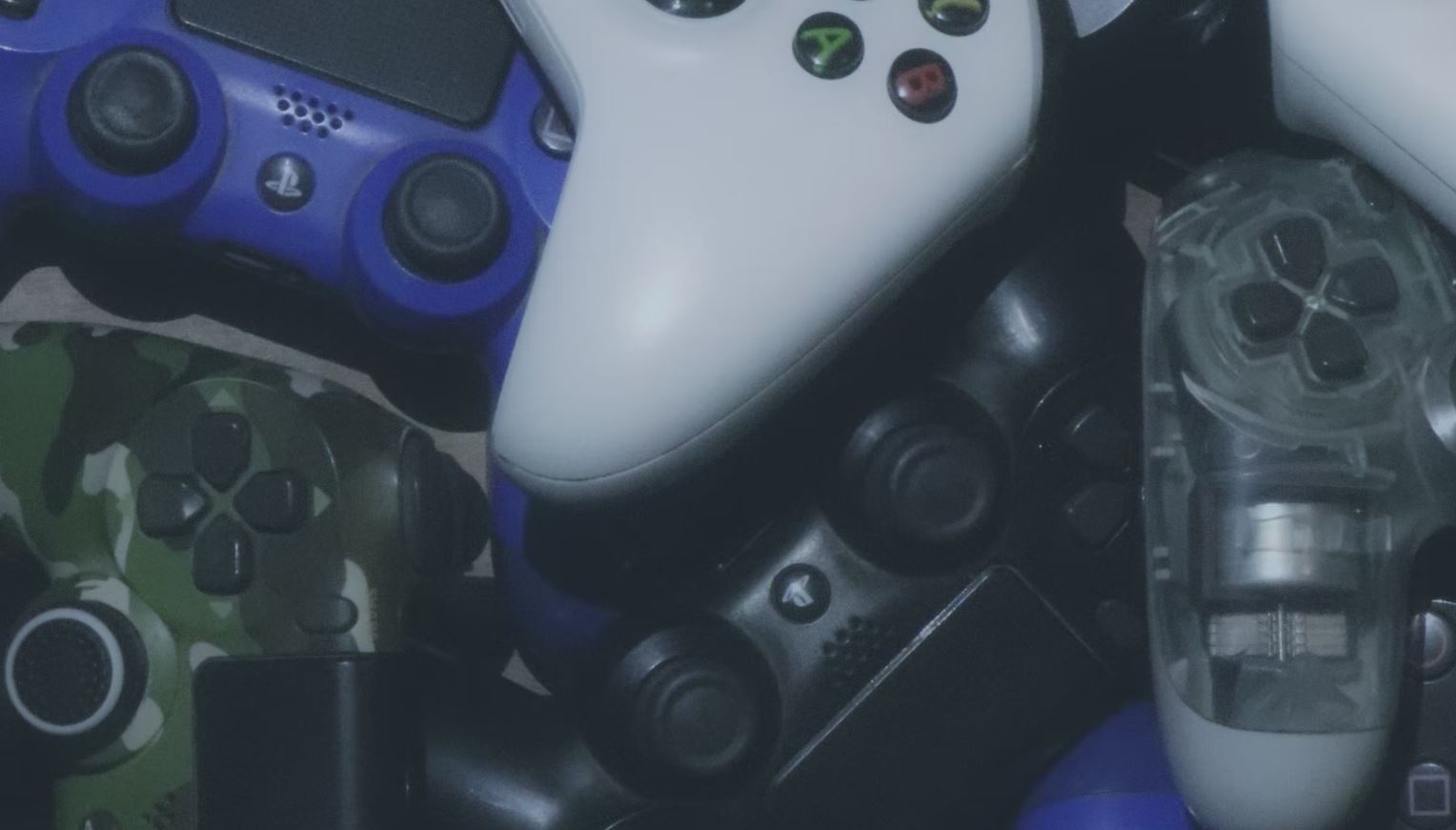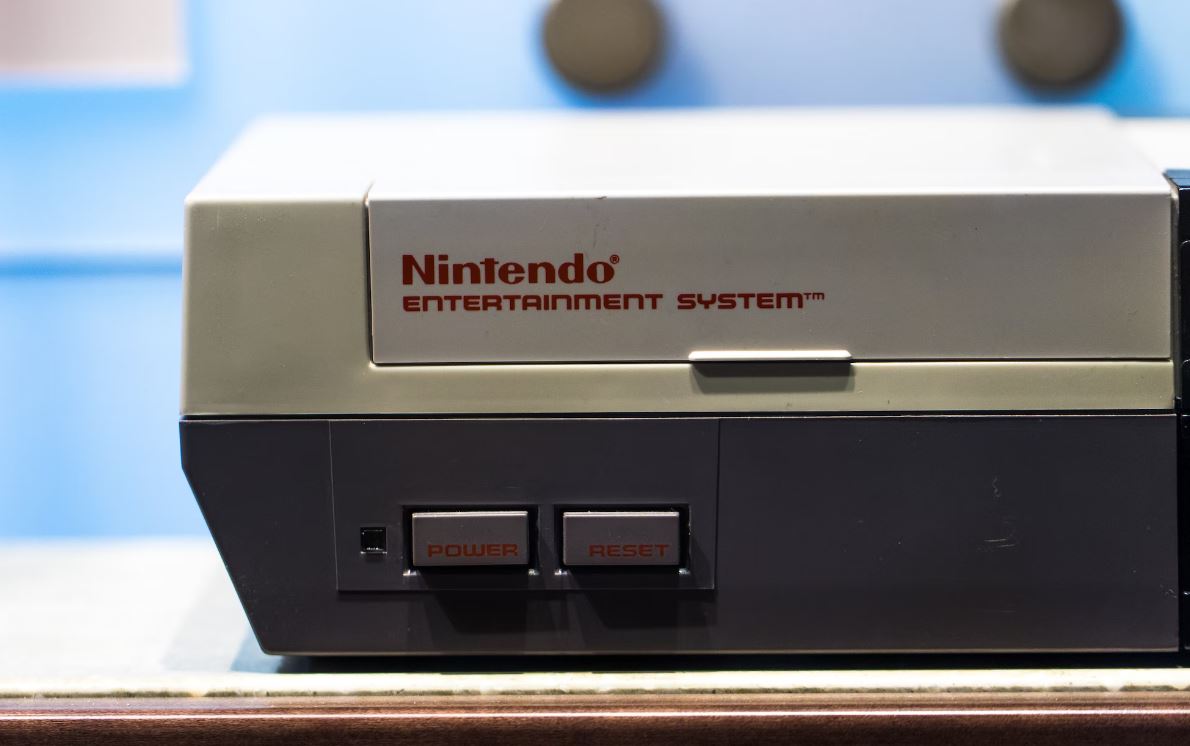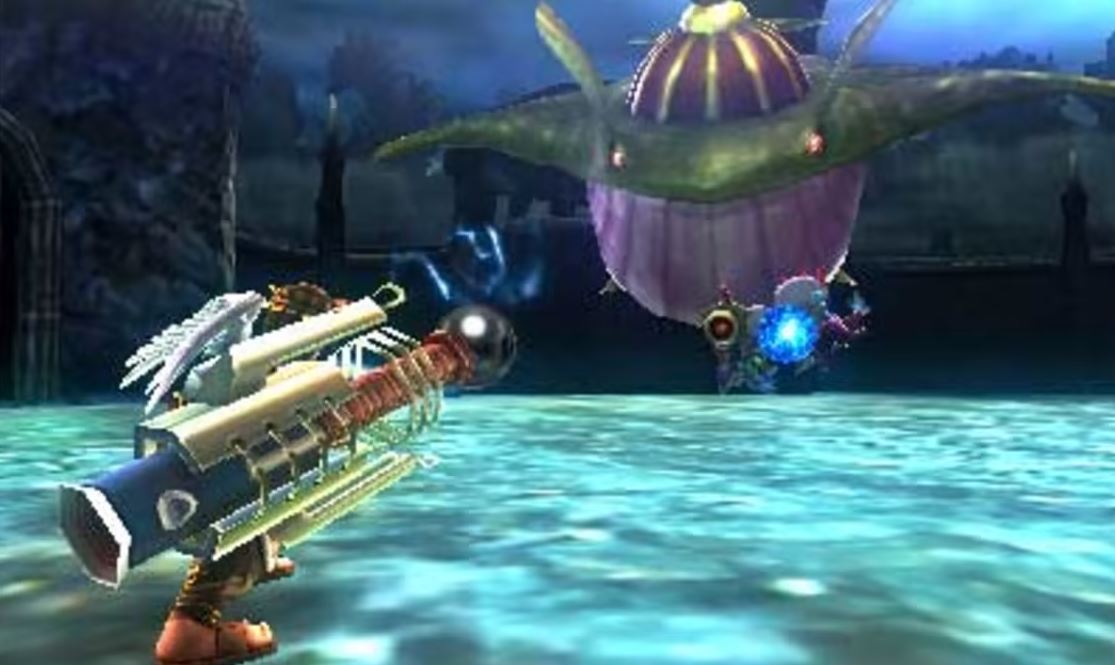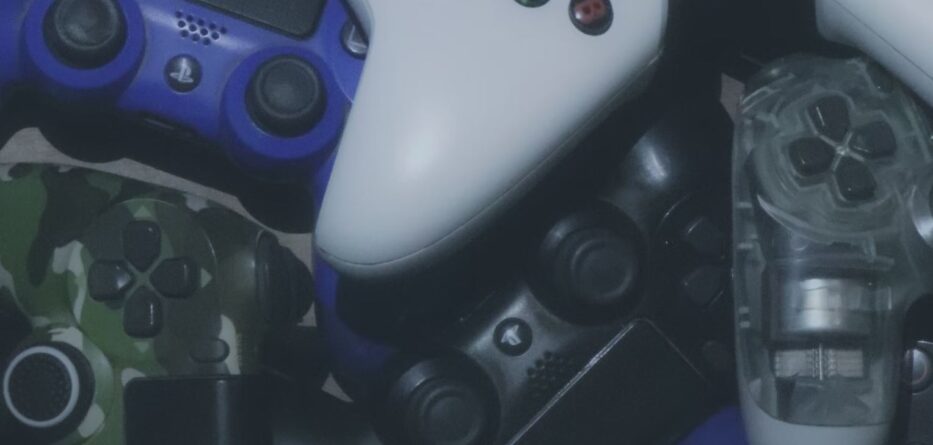

Credit: Unsplash
No industry is without its failed experiments.
A video game is played with a controller. That’s how it’s always been, and until full-immersion VR is a thing, that’s how it will always be. But gaming has always been an industry of experimentation, and as it goes on, there will always be smart-alecks, both first and third-party, who are going to try to reinvent the wheel. After all, everyone wants to be the wise guy who cooks up the next great way to experience game, often not being entirely cognizant of the fact that people use controllers for a variety of very good reasons.
The Power Glove
Well before the Wii made motion controls cool, gaming was noodling with the concept as far back as the Nintendo Entertainment System, and one of the most prominent examples was the Mattel Power Glove. The idea was that you’d wear this awesome, futuristic-looking glove, allowing you to control your games with movements of your wrist and arm.
Unfortunately, the Power Glove was riddled with problems. It required several TV-mounted sensors that would always be falling over, and even when they didn’t, they barely picked up the glove’s movements. Don’t even get us started on the lengthy codes you needed to punch into the glove’s pad to make it work with every single game.
Resident Evil 4 Chainsaw Controller


Credit: Capcom
I won’t deny that Dr. Salvador and his chainsaw are one of the most iconic aspects of both Resident Evil 4 and its remake, but chainsaws are made to be swung, not held like a controller. Nevertheless, some marketing shmuck got it in his head to try and make a limited-edition GameCube controller in the weapon’s image.
While the controller does admittedly look cool on a shelf, it’s an absolute nightmare to actually play games with. To this day, nobody is quite sure what the optimal way to hold it is, and the way you have to extend your fingers to use the sticks and buttons make it feel like they’re getting chainsaw’d off.
Skywriter Stick Station
Back in the oldest days of gaming, the Atari 2600 had the simplest controller around: one big joystick, one big, red button. What change could you possibly make to such a simple and efficient design? Well, have you considered a giant block of wood?
This mysterious peripheral was apparently supposed to make it easier to grasp your Atari controller and eliminate the wrest strain from holding up yourself. Neat idea, I guess, but unless you have a table to hunch over, it’s not exactly a more comfortable option.
Namco NeGcon
Everyone loves a good racing game, especially after the advent of controller triggers made acceleration more user-friendly. But does pushing down on a trigger feel too unrealistic for you gear-heads out there? Then you’ll love this Namco-made twisty controller.
This controller features a twisting swivel joint in the middle, allowing you to accelerate a vehicle in a game by holding one end and twisting the other. Interestingly, racing game enthusiasts actually really liked it, praising its responsive analog feel, though it was pretty much worthless for any other kind of game.
R.O.B.
The Robotic Operating Buddy, or R.O.B., was one of Nintendo’s most ambitious peripherals in the NES days. Its light-responsive eyes would watch your TV screen as you played and move the gyroscopic tops on its personal control board, which would in turn make stuff happen in your game.
Unfortunately, much like the Power Glove, R.O.B.’s hardware was often faulty, failing to catch TV images properly on dropping its tops, making playing games with it more of a headache than anything. These days, Nintendo uses him more as a mascot for their older hardware, and he’s found a mainstay gig as a Smash Bros. character.
‘Homework First’ Video Game Lock


Credit: Unsplash
Since its inception, gaming was and still is viewed as a waste of time, a distraction for kids from their studies and social lives. Now, a responsible parent would have a discussion with their kids about moderation, but why do that when you can just slap a padlock on their NES?
This NES-sized combination padlock could be jammed into the front of the console’s cartridge slot, preventing kids from playing any games until a parent deigns to unlock it. I wonder how many kids used this thing to train themselves in lockpicking…
Nintendo e-Reader
Japan’s gaming scene has always been a bit more readily-accessible, with game stores offering specific sales and services for the local kids. One of those services was the sale of e-Reader cards, special cards for a plug-in device for the Game Boy Advance. Just swipe a card through the reader, and you can access mini-games, unlock game content, and more.
Unfortunately, the device wasn’t very well received outside of its home turf, as the idea of driving the kids all the way to the toy store just to buy cards for their Game Boy was even less appealing for parents than buying games. It didn’t help that most of the best e-Reader cards were region-locked, so you couldn’t get most of the cool add-ons in the US.
GameCube Broadband Adapter
Nintendo has always had a weird habit of adapting to new industry standards in extremely convoluted ways. Case in point, when online gaming was rising in popularity during the sixth console generation, Nintendo released a broadband adapter for the GameCube for online play.
Cool, right? Except that you could count the games that actually supported online play on two hands, and the cool stuff like Mario Kart only supported LAN play rather than full online. Pretty much the only thing you bought a GameCube Broadband Adapter for was playing Phantasy Star, which was better played on a PC.
Kid Icarus 3DS Stand


Credit: Nintendo
Kid Icarus: Uprising on the 3DS is a fantastic game, you won’t get any argument from me on that. However, as the game only lets you control your aim with the touch screen, it was notorious for being an absolute wrist-killer. Seems like a very solvable problem, but I guess someone on the development team had other ideas.
All copies of Kid Icarus: Uprising came with a plastic stand for your 3DS, allowing you to prop it on a table while you used your hands to work the buttons and touch screen. Not only does this rather brilliantly defeat the purpose of a portable console, though, it didn’t even help; you still needed to wreck your wrists keeping the 3DS steady, lest you accidentally poke it off the table.
Kinect
When the Nintendo Wii started selling gangbusters, every console developer on the block wanted to get a piece of the motion-control pie. Microsoft’s offering to the pile was the Kinect, a motion and sound-sensing camera that you could (allegedly) use to play Xbox 360 and Xbox One games with your whole body.
Unfortunately, most of the games that supported the Kinect were clunky and overdesigned for it, making them rather tedious, and that’s assuming you could even get the thing to detect you properly. It did find its fanbase, though, as the Kinect’s camera was a pretty handy motion-sensing system for ambitious hardware engineers. Boy, the college projects that got done with that thing, let me tell you.
-
America’s Favorite Car, the Camry, Takes a Green Turn with Hybrid-Only 2025 Model. In a groundbreaking announcement, Toyota, the...
-
Rishi Sunak stresses the need for external control in managing AI risks at the AI Safety Summit. UK Prime...
-
Tech Billionaire Proposes Renaming Wikipedia to ‘Dickipedia’ in Exchange for Record Donation In a recent social media spectacle, tech...
-
A recent investigation by the Wall Street Journal has exposed Instagram’s alleged involvement in facilitating illegal activities, particularly concerning...
-
NASA is seeking public help with the Daily Minor Planet project. The Daily Minor Planet Project is a...
-
The rise of electric vehicles (EVs) has been a hot topic for the last several years, but what is...
-
If you remember the classic story of Alice in Wonderland, you probably remember the part where Alice stumbles upon...
-
While Pokemon Go is a social game first and foremost, it can be a little difficult to communicate and...
-
In its more recent seasons, Fortnite has gotten steadily more ambitious with its use of NPC characters. Long gone...
-
As any Fortnite player can tell you, Fortnite is a game with a heavy emphasis on motion. You gotta...
-
If there’s one classic Disney movie that got kids interested in the wildlife of Africa, it was The Lion...
-
Throughout Coffee Talk’s cast of humans and humanoids, one of the major standouts is Neil, a mysterious alien lifeform...




















